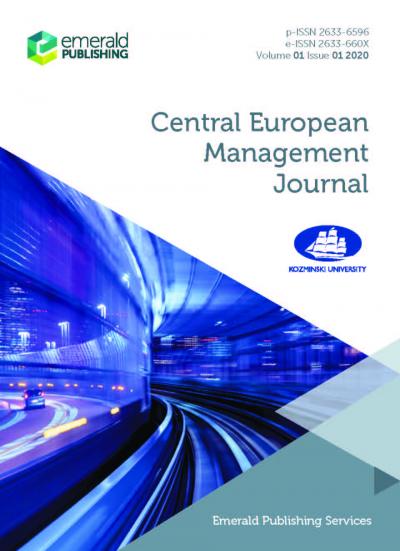The business case for corporate social responsibility: A literature overview and integrative framework
Piotr Wójcik
Kozminski University
2018 26 (1) Central European Management Journal
DOI 10.7206/jmba.ce.2450-7814.222








